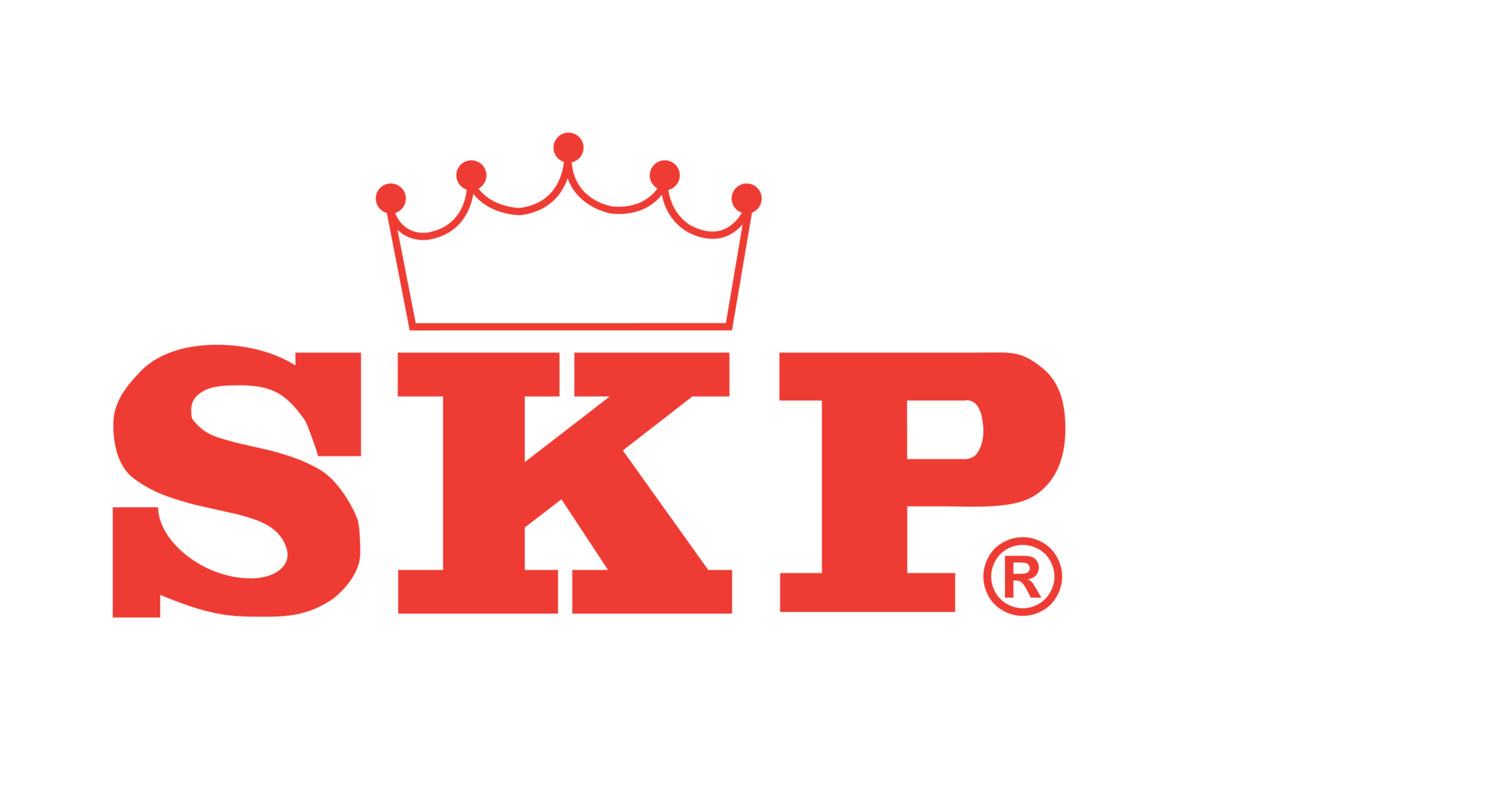How Consumer Preferences Are Shaping Packaging Trends
Consumer preferences are becoming the primary driver behind food packaging trends in today’s rapidly evolving market. As customers become more informed and conscientious, their expectations and demands significantly influence how products are packaged. This shift is reshaping the packaging industry in several key ways, reflecting broader societal changes and technological advancements.
Below, we explore the major packaging trends driven by these evolving consumer preferences.
Sustainability and eco-friendly packaging
One of the most prominent trends in packaging is the shift towards sustainability. Consumers are increasingly concerned about the environmental impact of their purchases and are seeking products with minimal ecological footprints. This preference is driving companies to adopt more eco-friendly packaging solutions.
1. Recyclable and biodegradable materials
Recyclable and biodegradable materials are gaining popularity as they align with consumer desires for sustainable options. Packaging such as cardboard containers, paper containers, biodegradable plastics like SKP’s EcoVue range, and plant-based plastics not only reduces waste but also appeals to eco-conscious buyers. Companies are investing in research and development to create packaging that meets these criteria without compromising on durability or aesthetic appeal.
2. Minimalist packaging
Minimalist packaging, which uses fewer materials and simpler designs, is another response to sustainability concerns. By reducing the amount of packaging used, companies can lower their environmental impact. For instance, a wooden cutlery set packaged in a simple, recyclable box demonstrates this approach. This trend also resonates with consumers who prefer straightforward, no-frills products that reflect a commitment to sustainability.
Health and safety concerns
The COVID-19 pandemic has heightened consumer awareness of health and safety, influencing packaging trends in several ways. Consumers now expect packaging that not only preserves the quality of the product but also ensures its safety from contamination.
1. Tamper-evident packaging
Tamper-evident packaging has become crucial, providing consumers with the assurance that a product has not been altered or contaminated. Features such as seals, locks, and indicators are now standard in many industries, particularly in food and pharmaceuticals, to enhance consumer confidence.
2. Hygienic packaging
Hygienic packaging solutions that protect products from germs and bacteria are also on the rise. Packaging that can be easily sanitised or that incorporates antimicrobial materials is becoming more common, addressing consumer concerns about product safety.
Convenience and functionality
Modern consumers lead busy lives and prioritise convenience. Packaging that enhances the ease of use and functionality of products is highly favoured. This trend is particularly evident in the food and beverage industry but extends to various other sectors as well.
1. Easy-to-open and resealable packaging
Easy-to-open and resealable packaging designs cater to the need for convenience. Features like zippers, snap lids, and peel-off seals make products more user-friendly, encouraging repeat purchases. This type of packaging is especially popular in the snack and pet food industries, where convenience is a key selling point.
2. Portion control and single-serve packaging
Portion control and single-serve packaging are becoming more prevalent as consumers look for ways to manage their consumption more effectively. These packaging options are ideal for on-the-go lifestyles, offering the right amount of product in a convenient, portable format.
Aesthetic appeal and customisation
Visual appeal remains a critical factor in packaging, as it directly impacts consumer purchasing decisions. Packaging that stands out on the shelf and resonates with the consumer's personal style is more likely to be chosen.
1. Eye-catching designs
Brands are investing in eye-catching designs that use vibrant colours, unique shapes, and innovative graphics to attract attention. Packaging that tells a story or evokes an emotional response can significantly enhance brand loyalty and consumer engagement. These elements play a crucial role in establishing a strong brand identity, ensuring that the brand stands out in a crowded marketplace and resonates deeply with its target audience.
2. Personalised packaging
Personalised packaging is gaining traction as companies leverage technology to offer customised experiences. From names on Coca-Cola bottles to bespoke packaging designs for special occasions, personalised packaging makes consumers feel valued and connected to the brand.
Technological integration
The integration of technology into packaging is another trend driven by consumer preferences. Smart packaging solutions that enhance the consumer experience and provide additional value are becoming more widespread.
1. QR codes and augmented reality
QR codes and augmented reality (AR) features on connected packaging allow consumers to access more information about the product, such as its origin, ingredients, and usage instructions. This technology can also provide interactive experiences, such as virtual try-ons or gaming elements, adding a layer of engagement.
2. Smart packaging for freshness and quality
Smart packaging technologies, such as sensors that monitor freshness and quality, are being developed to meet consumer demands for transparency and assurance. These innovations help maintain product integrity and provide consumers with real-time information about the condition of their purchases.
Conclusion
Consumer preferences are undeniably shaping the future of packaging. As sustainability, health and safety, convenience, aesthetic appeal, and technological integration become increasingly important to consumers, companies must adapt to these trends to remain competitive. The evolution of packaging is a testament to the power of consumer influence, driving innovation and change across industries. SKP offers cutting-edge, sustainable packaging solutions to meet these evolving consumer demands, ensuring your business stays ahead of the curve.

